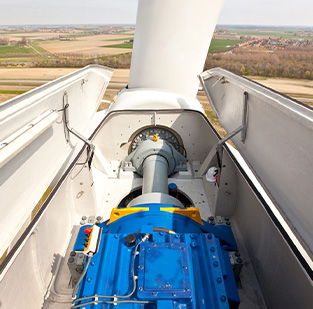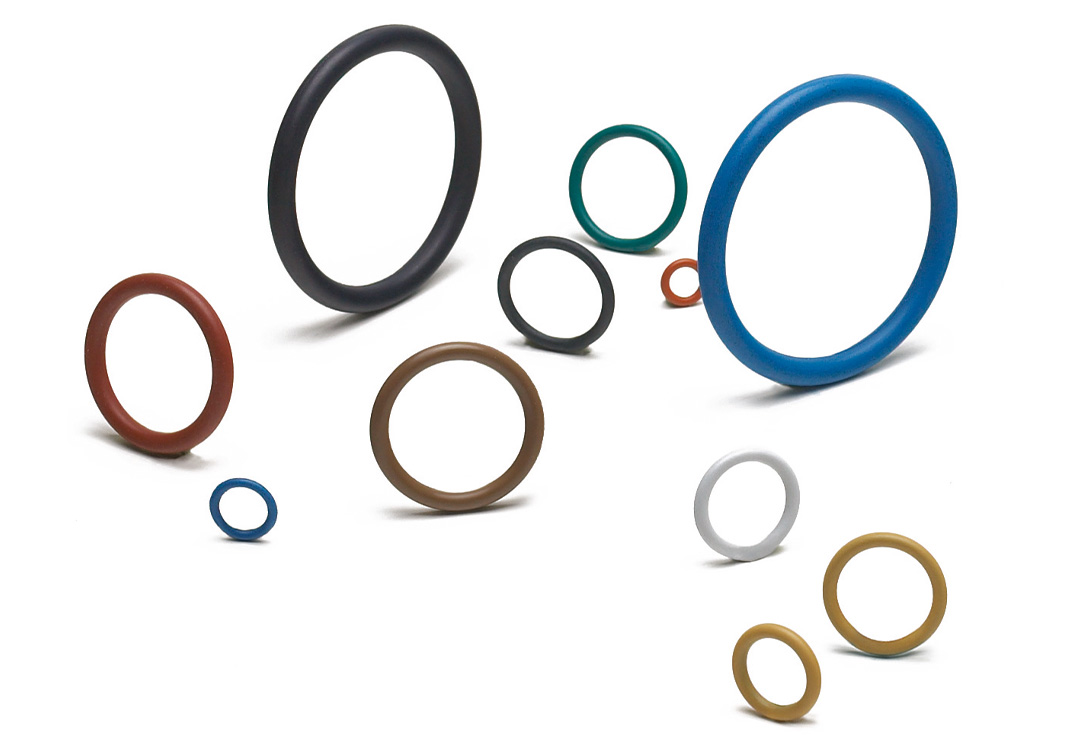Special coated O-rings for renewable energy application

Our customer manufactures wind sensors for a variety of applications in different environments. This seal application was within ultrasonic wind sensors designed for wind turbine control.
The Application
For optimal performance wind turbines need critical, consistent and reliable data on wind speed and wind direction measurements. Therefore we recommended special coated O-rings for this renewable energy application.
The sensors that provide this must be able to operate continuously for many years, sometimes in the harshest of weather.
Operating conditions are extremely challenging as the wind turbine sensors (and accompanying electronics) are exposed to fluctuating, extreme environmental changes over the years.
Depending on the location of the turbines, temperatures can range from -40°C to +90° C. Additionally, humidity changes from 0-100%, and turbines are subject to rain, hail, snow, ice, lightning, vibration, sand, corrosion and altitude.
Our Sealing Solution
For this application, the required life cycle of the sensors is10+ years. Therefore, to achieve this, a robust protective housing for the electronics and sensors requires a series of reliable, consistent, high-quality seals. These will perform without compromise in challenging conditions.
Each size of sensor requires a set of environmental seals in the separated top and bottom sections. Together with our customer’s intensive testing program, we specified EPDM O-rings (which offered exceptional ozone resistance) with a special coating.
The coatings are colour coded for identification purposes according to the size of sensor. Therefore, this creates a fool-proof assembly process with no risk of error by operators.
Customer Satisfaction
Our range of seals have been cycle tested and approved by our customer. Furthermore, these have been built into nearly half of wind turbine projects globally.
Read this link for more on our range of O-rings HERE
One of our key industries is Hydrogen and Renewable Energy, learn more about our work HERE
The Application
For optimal performance wind turbines need critical, consistent and reliable data on wind speed and wind direction measurements.
The sensors that provide this must be able to operate continuously for many years and sometimes in the harshest of weather conditions.
The operating conditions can be extremely challenging as the wind turbine sensors (and accompanying electronics) are exposed to fluctuating and extreme environmental changes over the years. Depending on the location of the turbines, temperatures can range from -40°C to +90° C, humidity changes from 0-100%, and they are subject to varying levels of rain, hail, snow, ice, lightning, vibration, sand & dust, corrosion and altitude.


Our sealing solution
The required life cycle of the sensors was 10+ years and to achieve this a robust protective housing for the electronics and sensors required a series of reliable, consistent, high-quality seals that performed without compromise in challenging conditions. The sensors were subjected to rigorous testing to ensure this life cycle performance, and as a result are IPX6K rated.
Each size of sensor required a set of environmental seals in the separated top and bottom sections. Our engineers worked in conjunction with our customer’s intensive testing program and specified o-rings in an EPDM material (which offered exceptional ozone resistance) with a special coating.
The use of this coating provided a number of advantages. It ensured reduced friction during assembly which removed the slightest risk of damage (and therefore compromise of the seal integrity) was avoided. With this reduced friction it meant that no lubricants were required to aid assembly; ensuring a clean installation process and preventing the risk of contamination. The coating was colour coded for identification purposes according to the size of sensor; this created a foolproof assembly process with no risk of error by operators.
